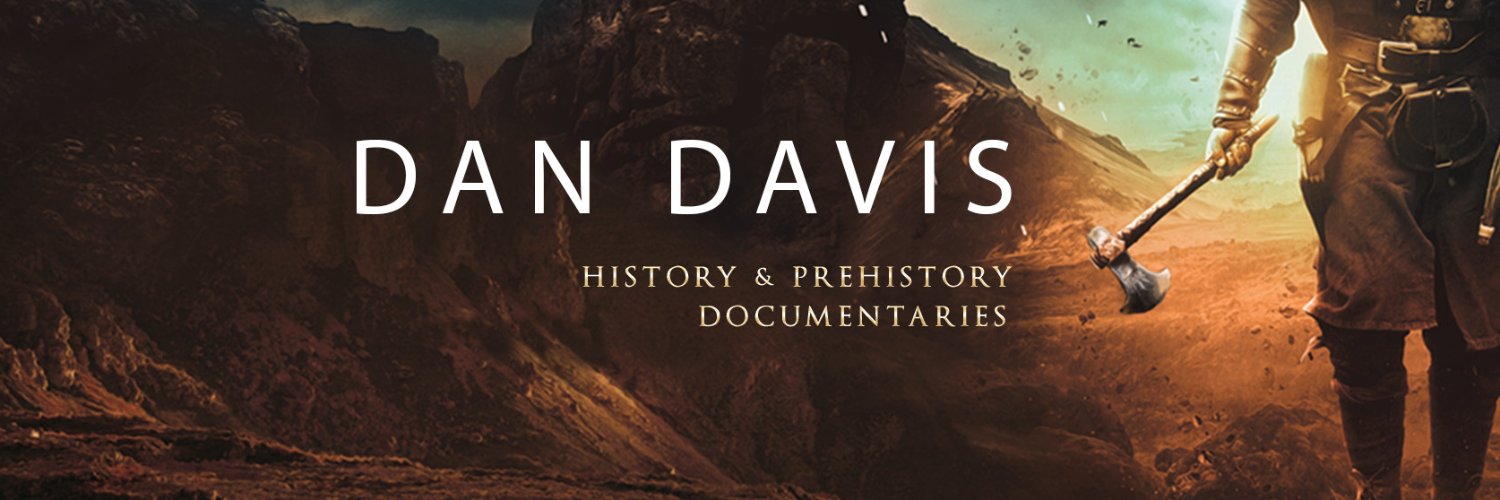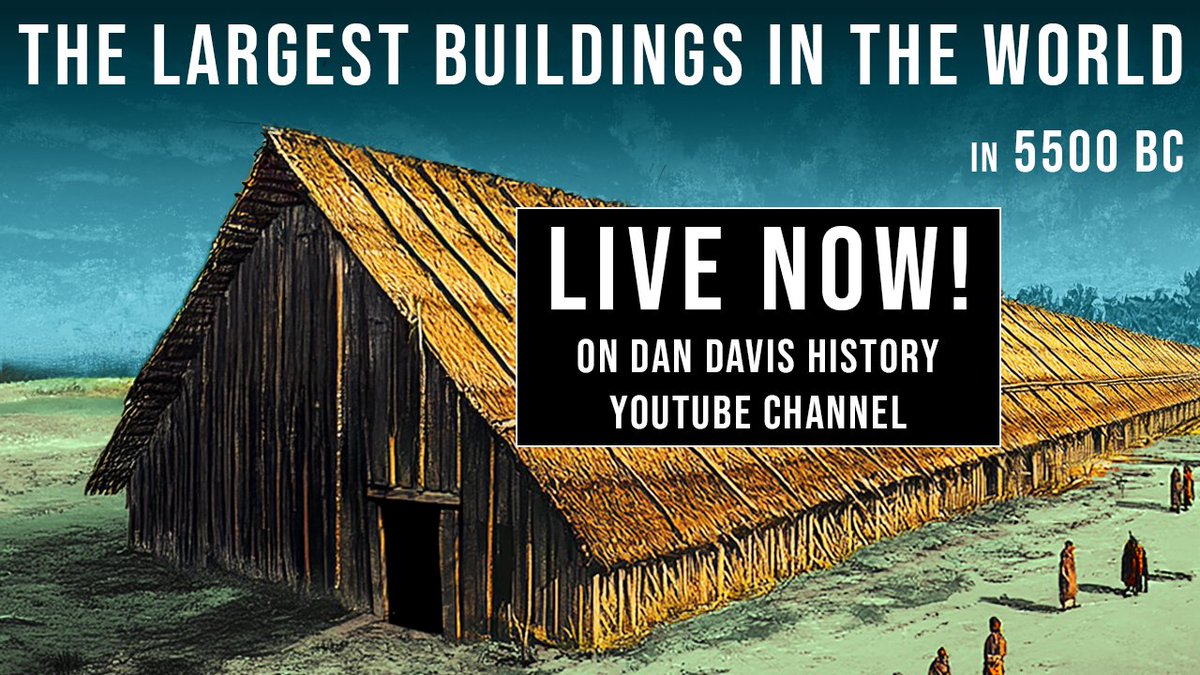
Dan Davis
@DanDavisWrites
Video maker of history and prehistory documentaries. Author of bronze age and medieval fantasy and science fiction novels. Check out my videos:
NEW VIDEO NOW LIVE! The LBK was a patriarchal, warlike society of freedom loving settlers who continually expanded the frontier of Neolithic life across Europe. But why did they build these enormous longhouses? I hope you enjoy the video. Shares much appreciated. Cheers!

Any day now...
The "bigfoot trap" of Oregon, a small structure set up by the North American Wildlife Research Firm in the 1970s. It was supposed to lure a bigfoot inside before trapping the living squatch. Baited with deer carcasses and other animals, the trap has thus far failed to catch them.
The Urnfield culture formed from elements of the preceding Tumulus culture, with a core around the Alps and Pannonia. They spread by demographic expansions but also by cultural influences; their wealth and power perhaps helping to spread their mortuary practices along with trade…
Great with new Urnfield samples. The Urnfield culture is associated with the spread of Celtic languages. "Genomic Insights from a Final Bronze Age Community buried in a Collective Tumulus in an Urnfield Settlement in Northeastern Iberia" ebi.ac.uk/ena/browser/vi…
The scale of operations at sites such as these are staggering. The search for metals really changed the world, fostering trade and triggering the emergence of polities —we see it everywhere, including western Anatolia and the Aegean.
If the hedgehogs you kindly feed are absent from your garden this week, it's probably because they've found themselves a little patch of caterpillars like this. This is dining at The Ivy for hedgehogs.🥰 Caterpillars and beetles. That's what hedgehogs eat. Not slugs and snails…
Check out this adorable Mycenaean ceramic hedgehog. I want one. (We must save our precious hedgehogs)
4/For example, for the Ancient Greeks the hedgehog was a very intelligent animal, a symbol of prudence and regeneration, which particularly impressed them by its effective defense mechanism. In Mycenaean pottery there is a series of excellent ceramics in the form of the hedgehog.
1/ The Mycenaean Greeks showed great respect both for the Aegean wild fauna, with some animals impressing them with their special characteristics, and for the domestic animals that helped them in agricultural work, transport, hunting, and war (oxen, equines, dogs). #Mycenaeans
Ancient Greek hunting stations in Tanzania? 🐘😬 @rogueclassicist
Look at that landscape.
In 2022, we launched the Usambara Mountains Archaeology and Paleoecology Project (UMAPP) in Tanzania. With funding from the Max Planck Society, we set out to conduct the systematic survey of Stone Age archaeology in the region and collect baseline samples for paleo-proxy studies
Literally me
The golden bells announce his arrival. Trampling over the corpses of his enemies comes Killgore, he who hails from the northern kingdom of Açanoch, where the earth is old and stained with blood.
The Buzludzha Monument in Bulgaria. Commemorating the founding of the Bulgarian Social Democratic Party, it was largely abandoned after 1989. Currently there are a few restoration attempts being made.
new zealand temperate forest ecoregion appreciation post
A votive model of a ciborium, carved from a single block of marble. Constantinople, 6th century. The inscription reads: 'In fulfilment of a vow and for the salvation of the most glorious Anastasia'.
The Marovo Lagoon is the largest saltwater lagoon on Earth and likely one of the earliest Melanesian homelands beyond Papua New Guinea, inhabited for over 30,000 years 🇸🇧
Before colonization my ethnic group (Marovo) were sea navigators and were known for trading with other tribes headhunting and naval wars #PacificIslanderHeritageMonth
Illustration of the circular settlement of Arkaim, Southern Urals of Russia, 2000 - 1700 BC associated with the Sintashta culture from Christoph Baumers book "The History of Central Asia".